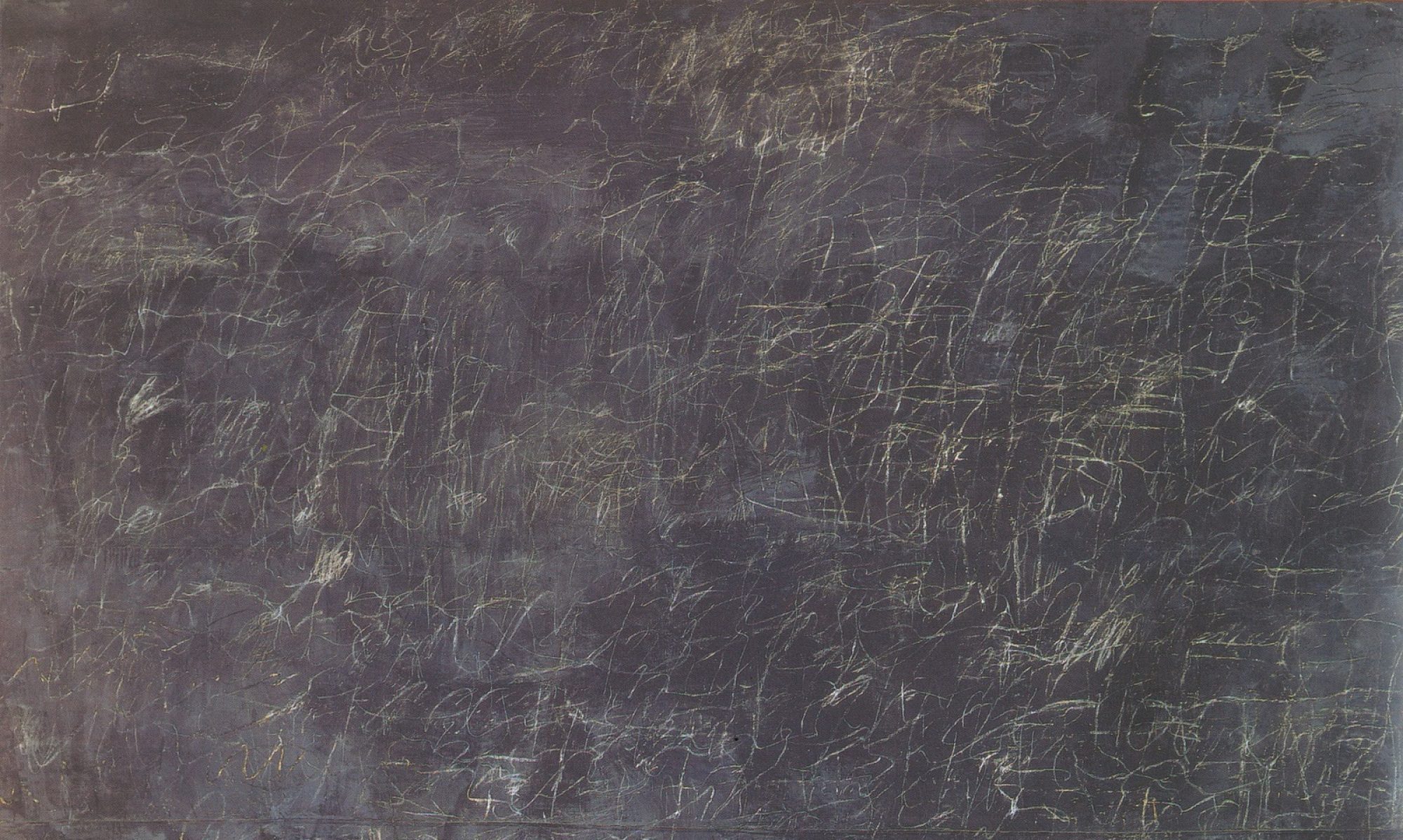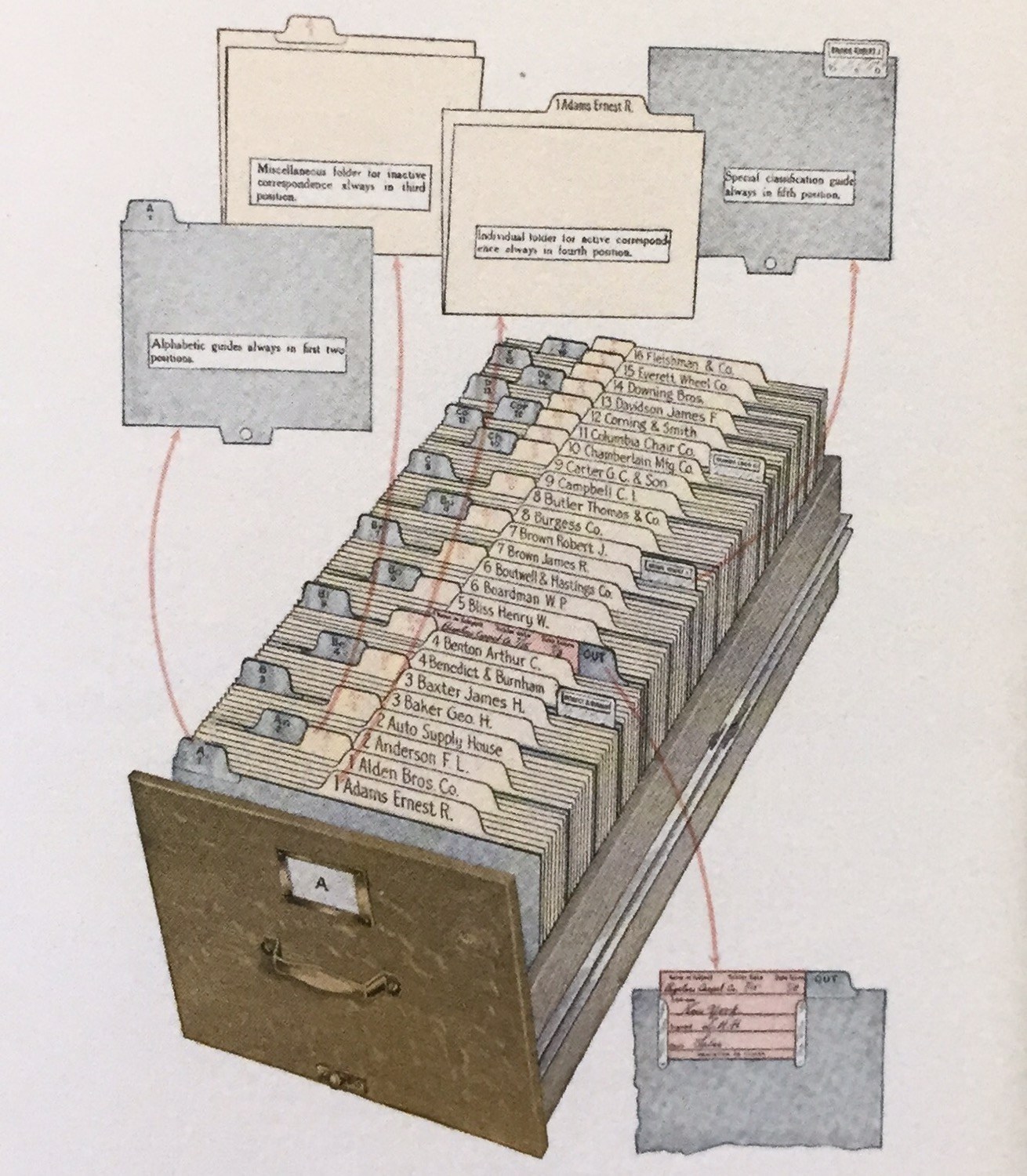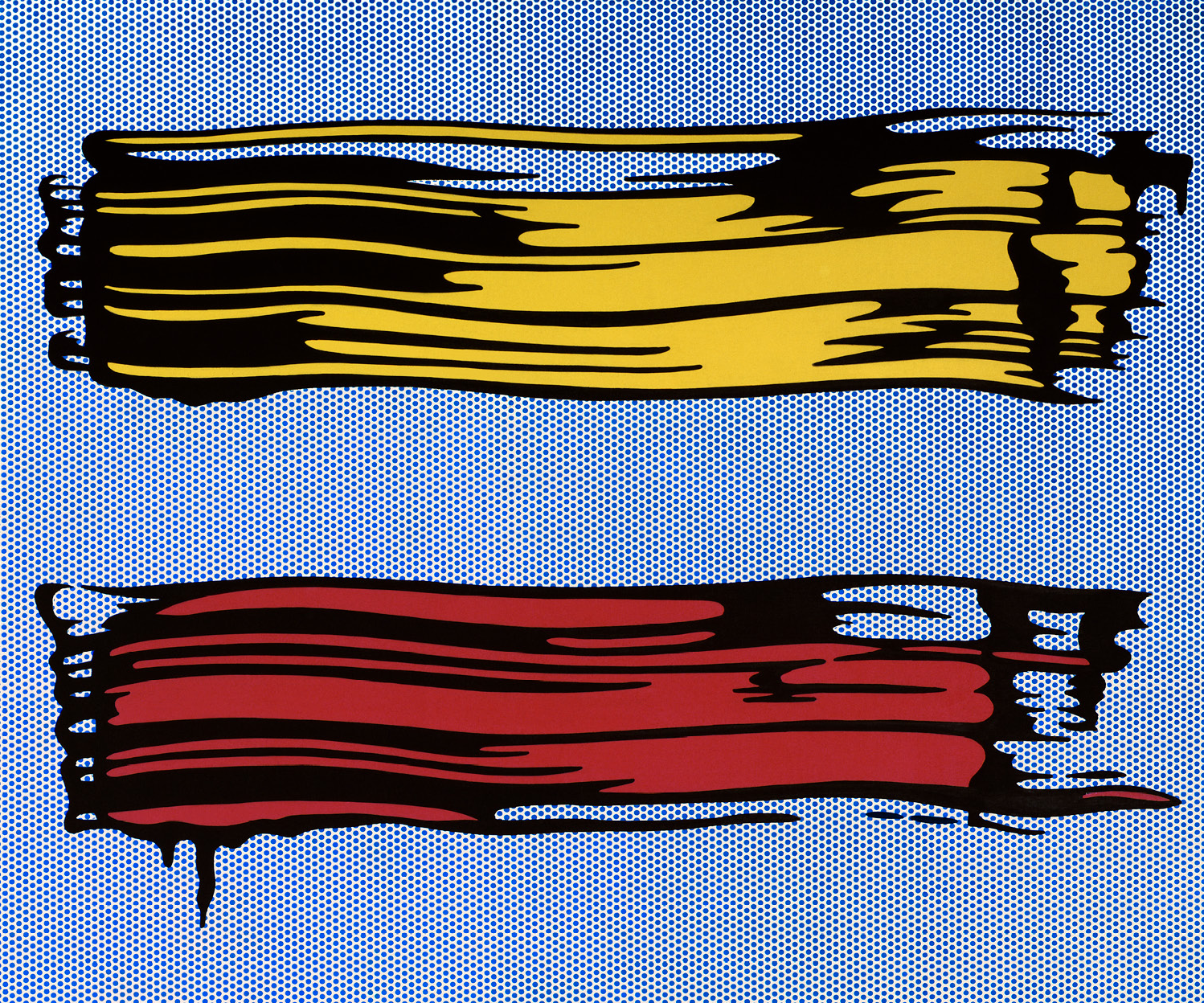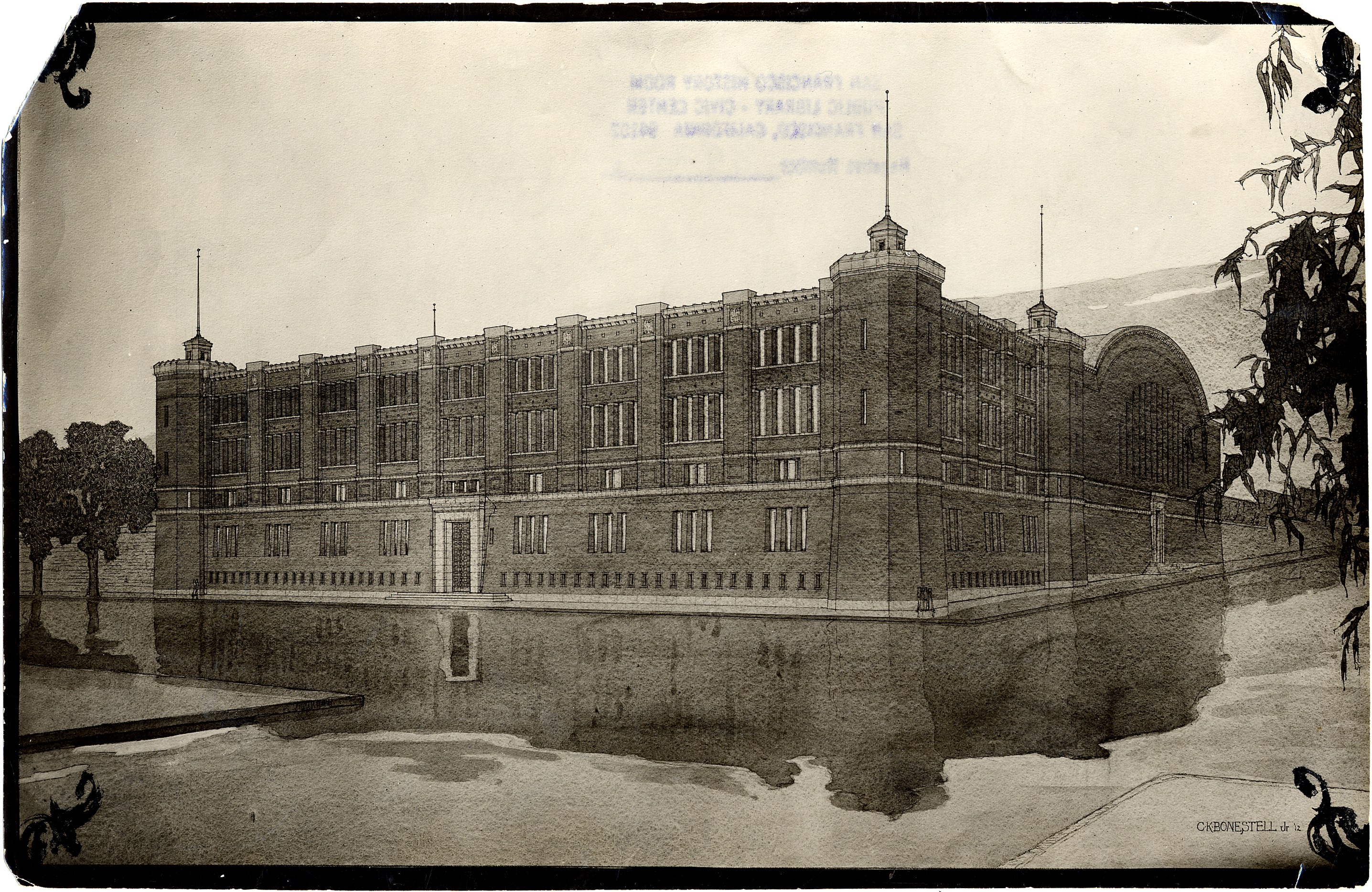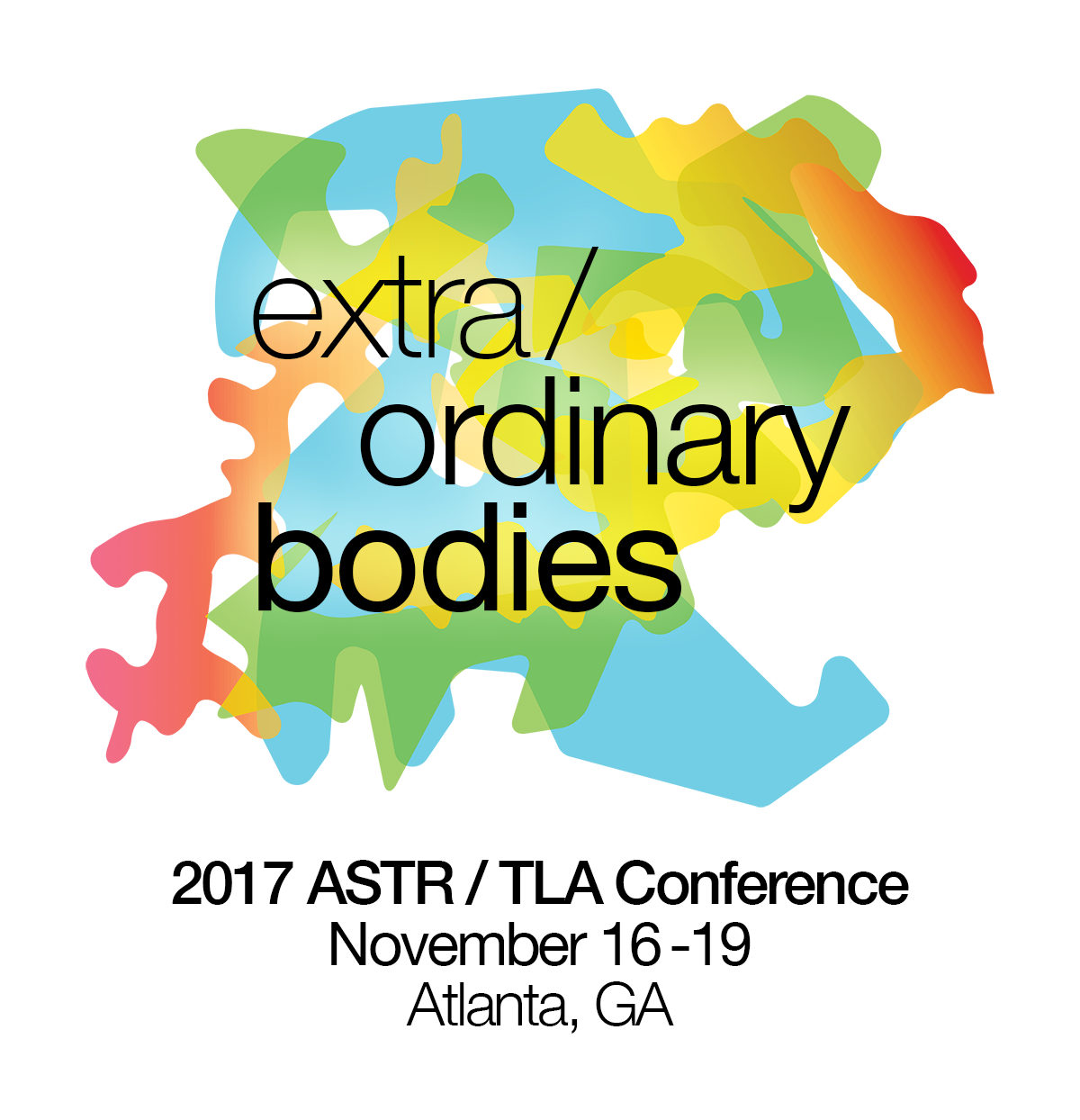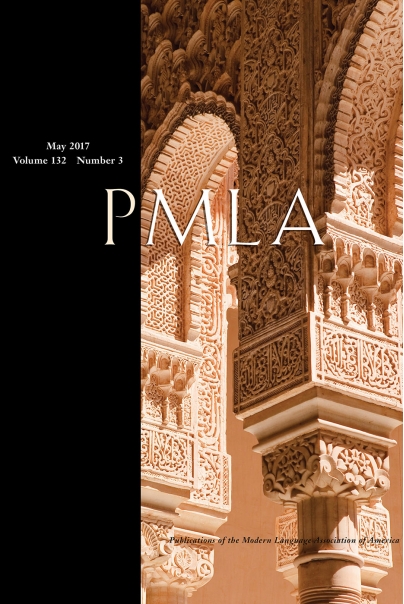Back in 2016, during those heady days of viral culture when meme meant image macro, at least in the popular imagination, I designed a meme curation assignment for a freshman-level course on digital culture. The assignment asked students to trace the history and variation of a particular meme by compiling ten-to-twenty exemplary instances. Each student wrote an introduction to their collection, then organized their memes with explanations of what each one illustrates about the meme’s use or broader social meaning. I asked them to credit the source of each example by linking and using the now-defunct Curator’s Code to provide attribution. I hoped students would learn to think more critically about the casual media they consumed on a daily basis and, at the same time, think more broadly about how creative works circulated online quite often without crediting their creators. For my part, I learned a lot about popular media, what sort of allusions had currency, and the sorts of jokes and political issues that occupied young adult minds.

One macro in particular captured my imagination. It features an image of rapper Xzibit with text that identifies some sort of excessive cultural practice. The first one seems to have appeared on 4Chan in 2007 with text reading, “Yo dawg I herd you like cars so we put a car in yo car so you can drive while u drive.” The joke is a reference to Xzibit’s MTV program Pimp My Ride, a reality show for restoring beat-up cars with hilariously decadent features. One episode presented a surfer who got a clothes dryer installed in the back of his Volkswagen. The meme generated similarly hilarious jokes about everything from excessive food and fashion to absurd political circumstances to redundant academic practices. The formula lends itself to recursive jokes and metacommentary. These days the most common examples make fun of the meme itself, as in, “Yo dawg! I heard you like Xzibit memes, so I put an Xzibit meme in your Xzibit meme…” In other words, the meme has consumed itself into cultural irrelevance.

And yet, it still pops in my head anytime I read a recipe that calls for four types of cheese or, in recent weeks, when a politician suggests combating an escalating pandemic with more hand-washing. Am I the only one still giggling? Probably. However, I find the meme useful for thinking about the absurdities of professionalization at a moment when the future of our profession looks precarious at best. It came to mind last spring while I revised a Research Methods course for new graduate students I’d taught once before, mostly as a class on professional praxis. “Yo dawg,” I imagined Xzibit saying to the incoming cohort, “I heard you like academic training, so I put some academic training requirements before your academic training so you can train while you train.” Although I haven’t given up on the idea that grad students can benefit from reading canonical theory and learning to write conference proposals, I have begun to wonder if they need to take a course that, more or less, uproots instruction in those skills from the context of more topical courses. In other words, I’m beginning to think methodological training gets the most traction in seminars that help develop a framework for students’ research questions.
My thinking derives in part from the circumstances of my department. We distinguish between creative writing, literary and cultural studies, composition and rhetoric, professional writing, folklore, and linguistics at the graduate level. At the undergraduate level we add moving image arts, which includes film studies and film production. Those areas each have their own concentration and faculty who support them. But our research methods course is required regardless of concentration. My charge, at least potentially, is to teach professional praxis to a group of students who hope to pursue very different professions, from academia to social media management to writing instruction. Obviously, these students do not need the same sorts of professionalization. And I’m less convinced than ever that apprenticing as literary scholars will garner them any professional payoff.
To move beyond the methods course as a guide to producing seminar papers, I started to think of it as a collaborative project, with a collaborative project as its main outcome. I ended up organizing my second iteration of the course around a digital, public-facing exhibit. More on that in my next post. For now, I’m wondering how I’ll design a third iteration of the course for next fall. I’m returning to some of the lessons I learned teaching undergraduate courses organized around digital projects and thinking about what those might look like at the graduate level. And that process of reflection has reminded me there’s a strong record of interesting projects to draw on, going back nearly a decade now. Lauren Klein and Jentry Sayers worked with students to create the Fanzines Archive. Margaret Konkol built an online exhibit of the John Ringling Rare Book Collection with student researchers in an interterm session. Partly inspired by their efforts, I’ve tried similar assignments to build Omeka exhibits, including one on data visualization and one based on study abroad experience. And I know there are many more examples out there that have grown from the conviction that we not need have a Stanford Literary Lab at our disposal to make digital humanities methods productive for undergraduate researchers. (See Caitlin Christian-Lamb and Anelise Hanson Shrout for more on that issue.)
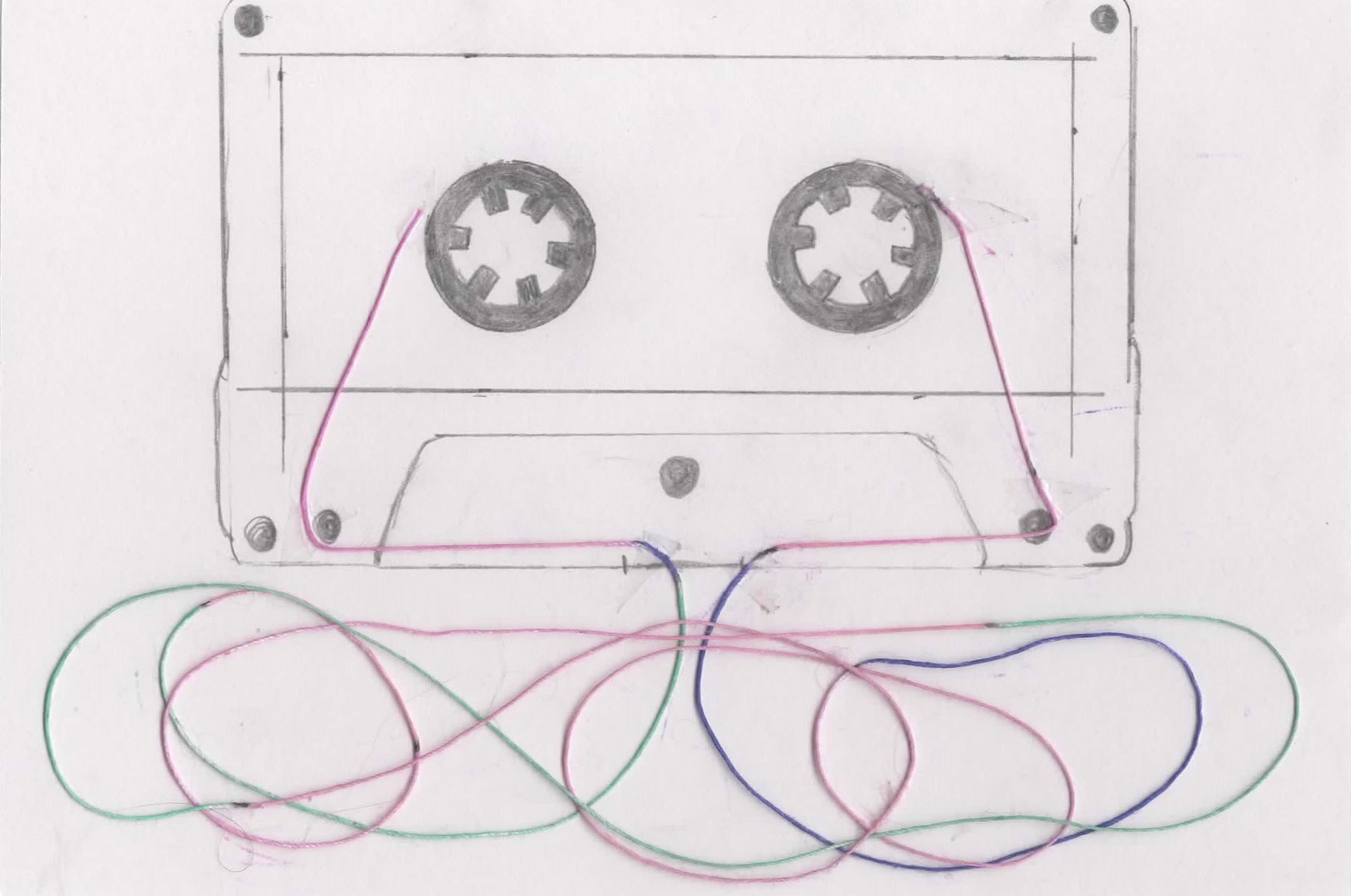
My efforts to create digital exhibits with undergrad classes have oriented around some of the same teaching goals that motivated my meme curation assignment. I wanted students to think about curation as a creative practice and a research process; I wanted them to think about how digital media circulates and how its social meanings change with different contexts; and I wanted them to think more critically, historically, systematically about the media they consume. Using Omeka, I pushed some of those objectives toward more rigorous standards with Dublin Core metadata vocabulary and more formal audience expectations. I think the results justified the means because students finished those courses having practiced new technical skills and with a better sense of curatorial work. But I wouldn’t say any of that adds up to professional training. While the study abroad students learned how metadata standards aid collection management, they didn’t get training in PastPerfect, which they would probably need to get a museum job. I’m okay with undergraduate studies focusing on fundamentals precisely because anyone aspiring to work as a museum professional will need at least a master’s degree.
Where does that leave a research methods course for new graduate students in English? In many ways, these courses act as the first step toward professionalization in graduate programs. If only a handful of these students will become professional academics, what sort of research assignments will benefit the entire cohort most? I’ve scaled the question down to the level of assignment. Clearly, the underlying concerns give rise to questions scaled up to query the future of the profession. For instance, in a report for the Mellon Foundation, Robert Weisbuch and Leonard Cassuto frame professional identity and career aims as two of twelve major concerns for reforming graduate education, in part because of the dismal academic job market. Despite the many people with graduate degrees who will not find tenure-track employment, “the structure of doctoral education often presupposes a faculty career rather than developing forms of expertise with versatile applications across the social sectors” (iv). Untethering graduate training from that assumption will require systematic change, of course, but also relatively minute reconsiderations of what happens in the classroom. Revising course assignments presents one way that faculty can begin this work, even as institutional momentum pushes toward the professionalization of professionalization.
